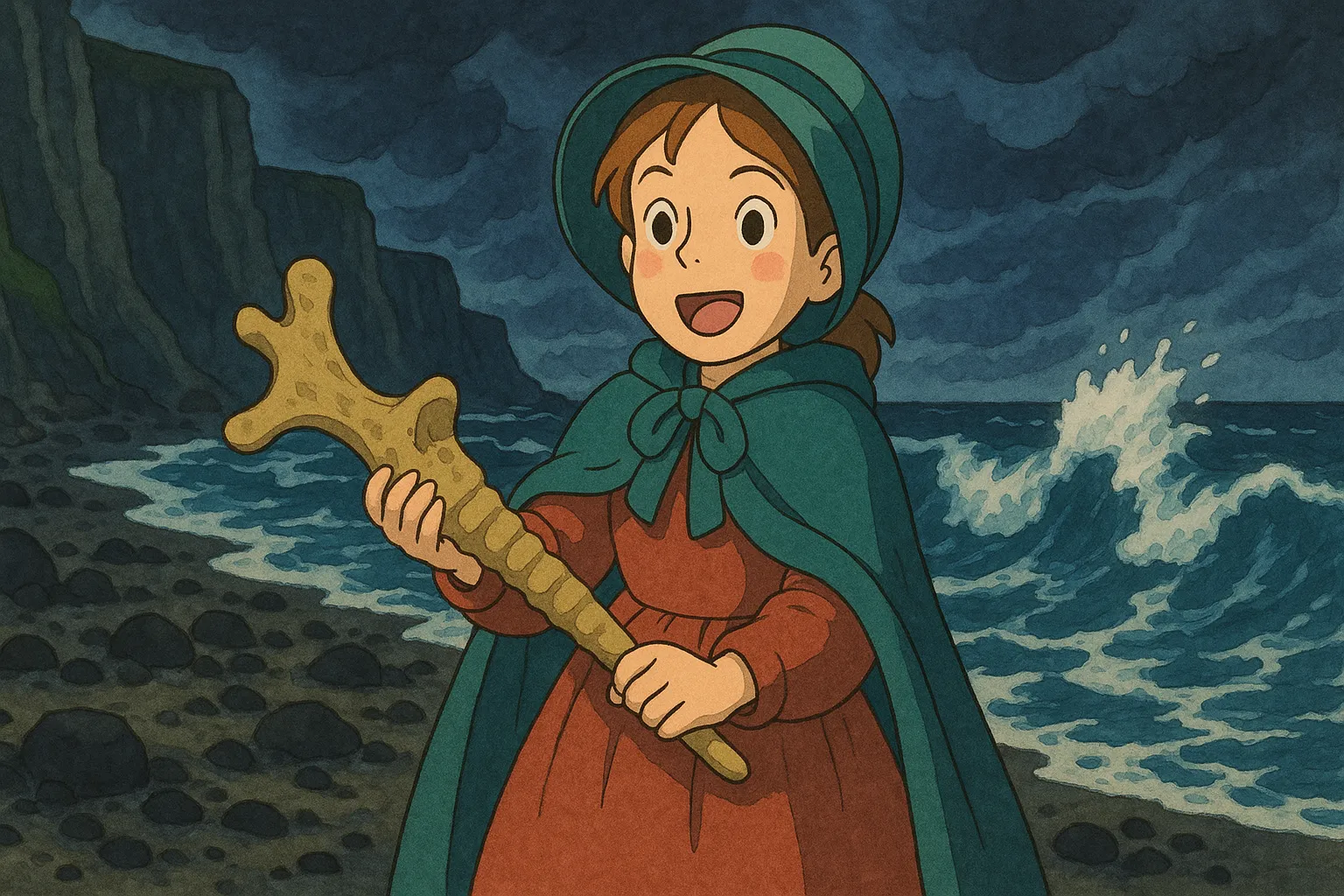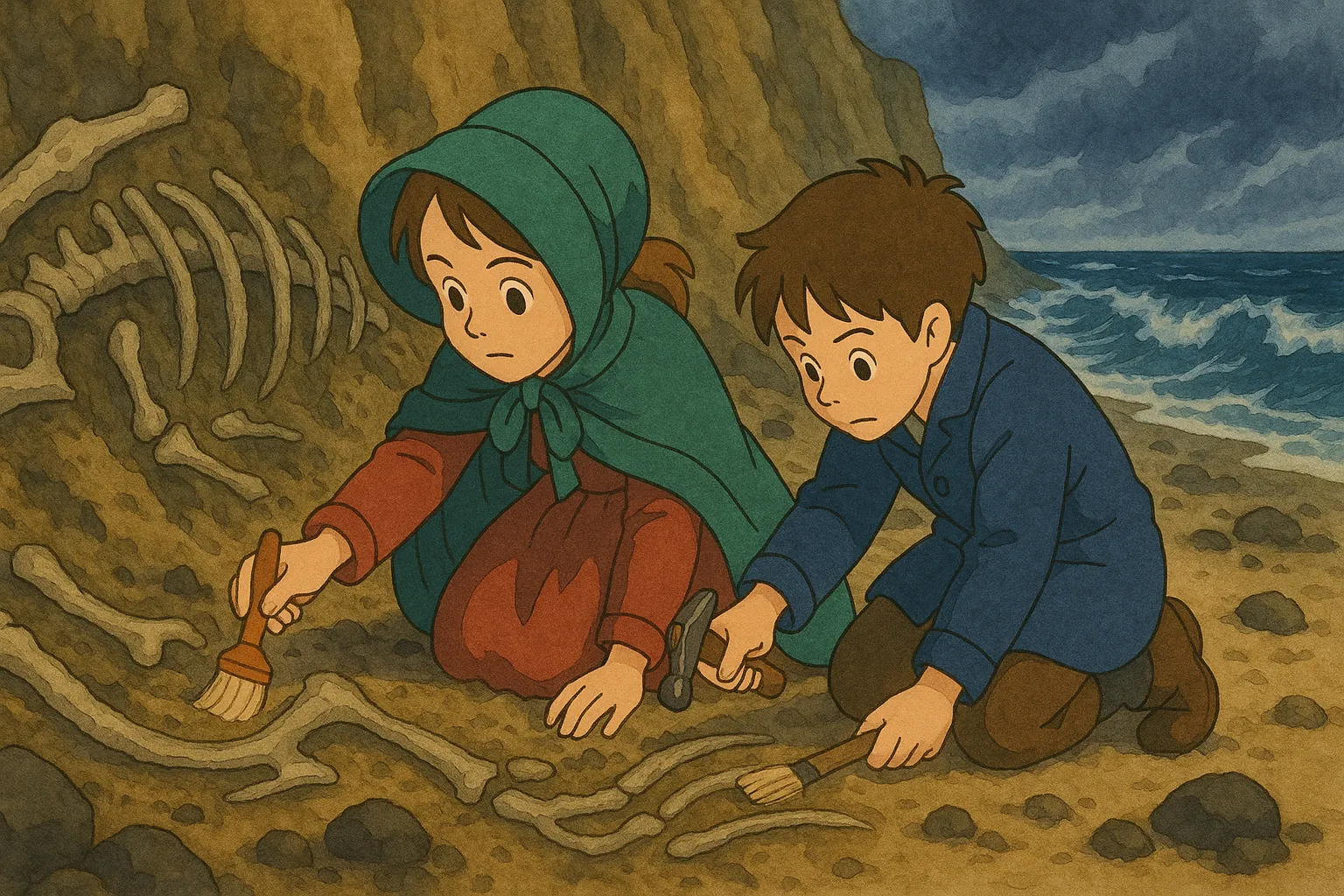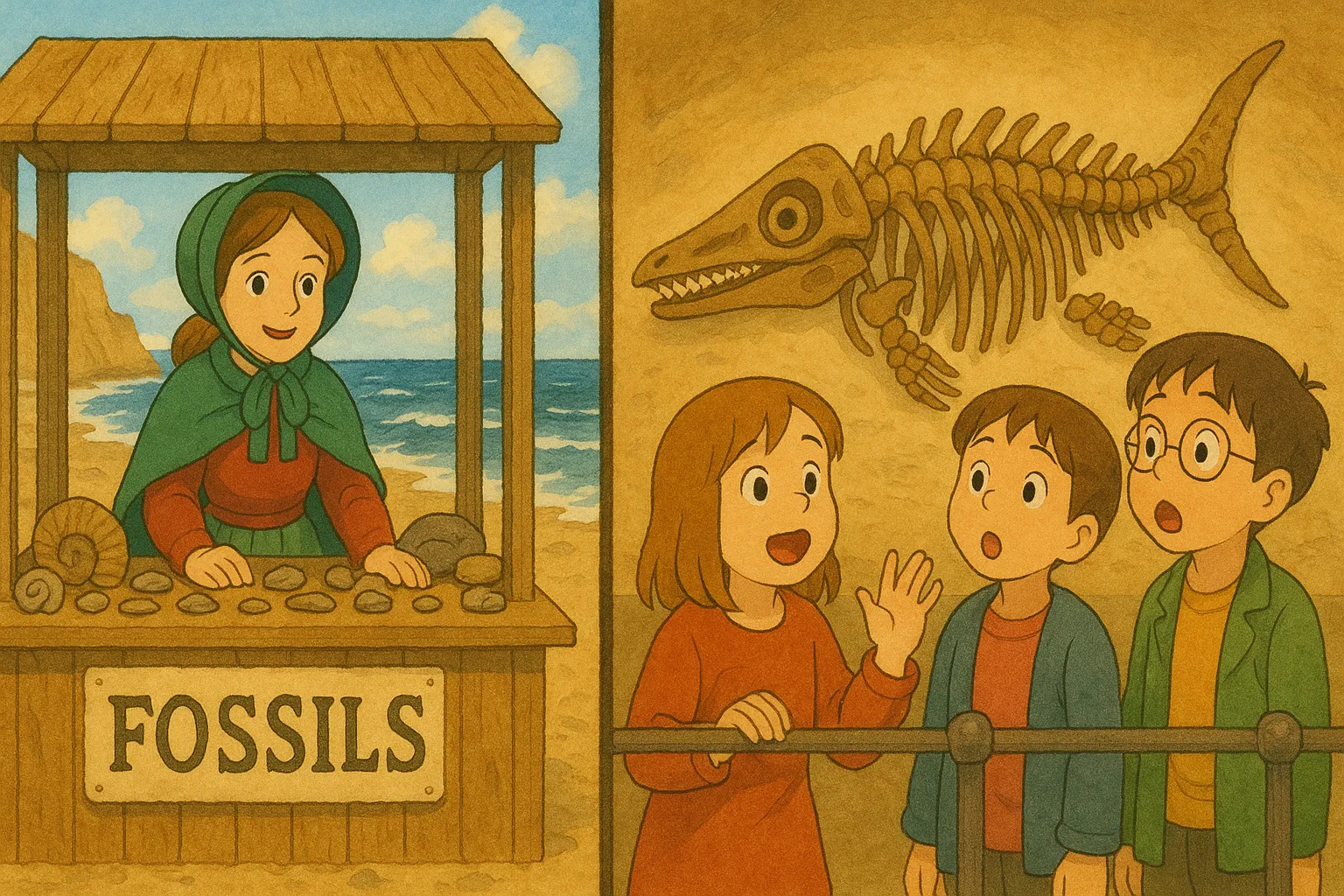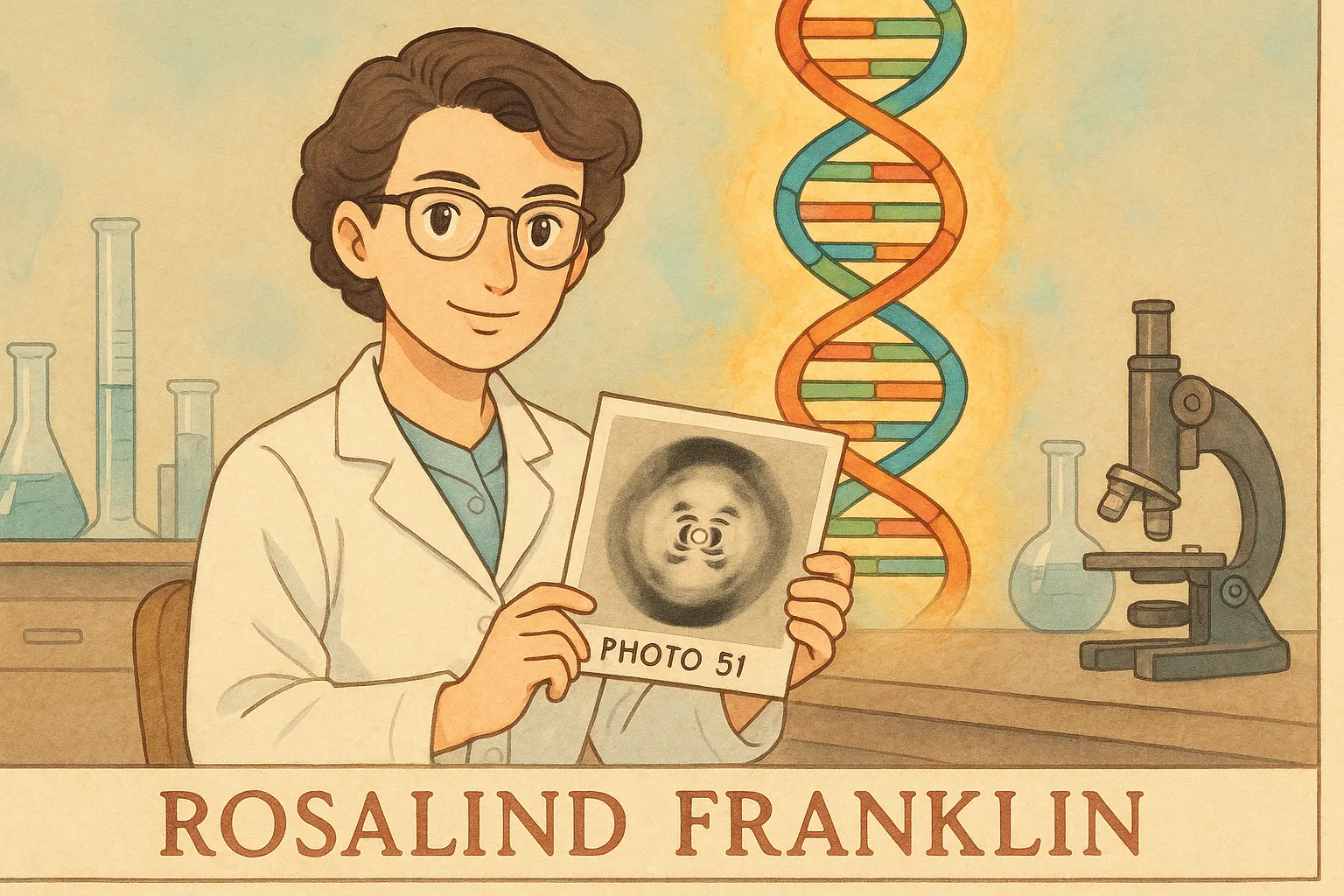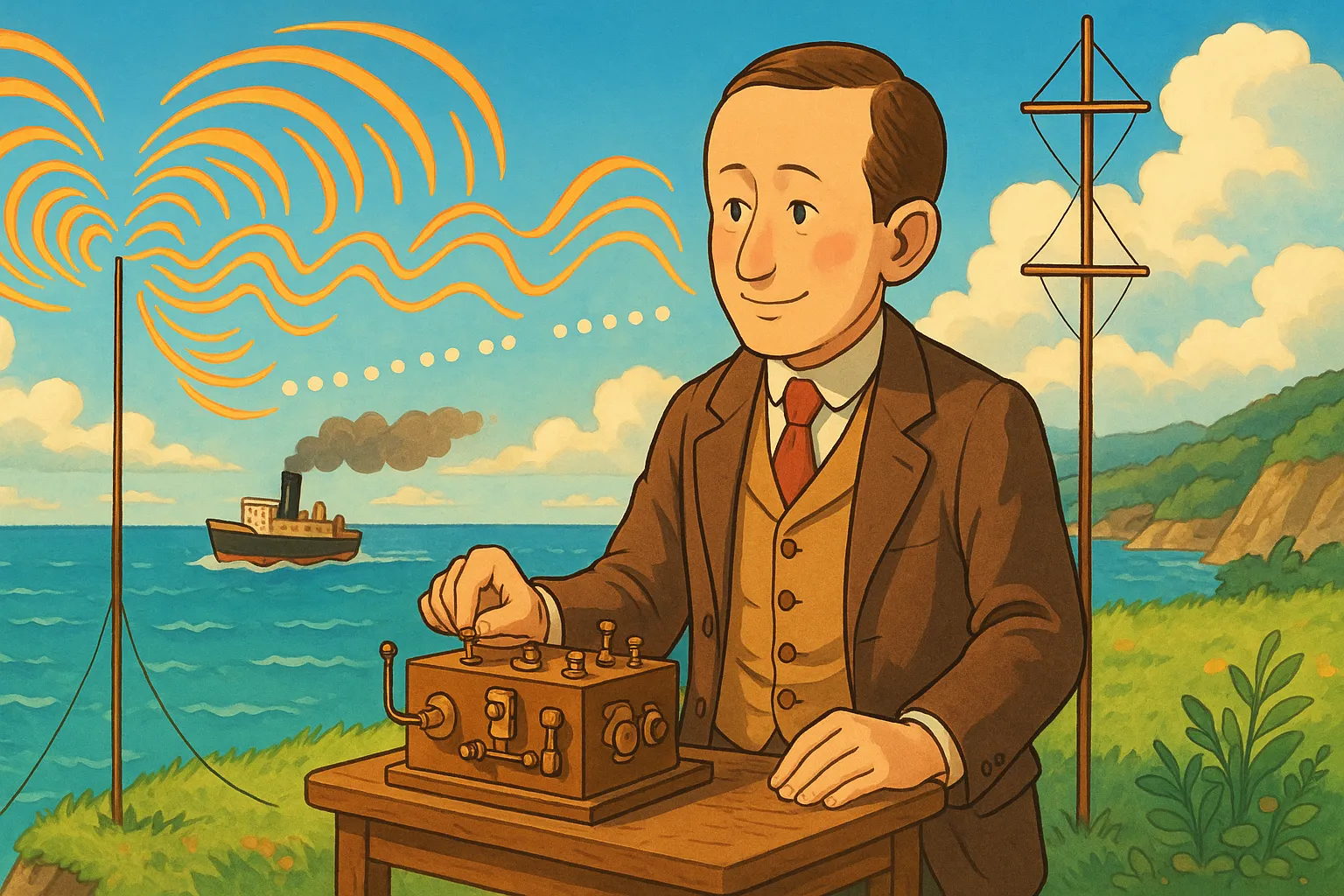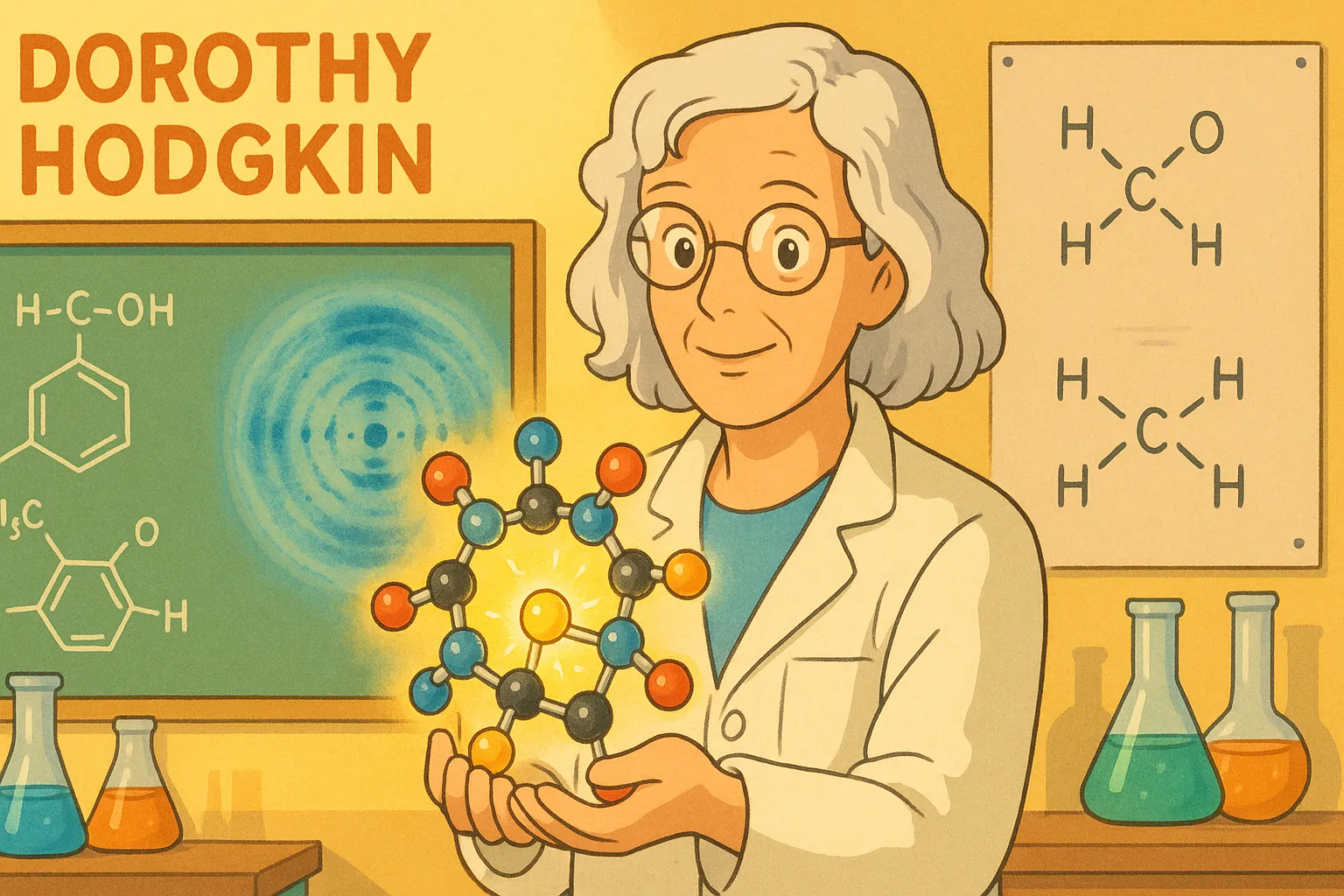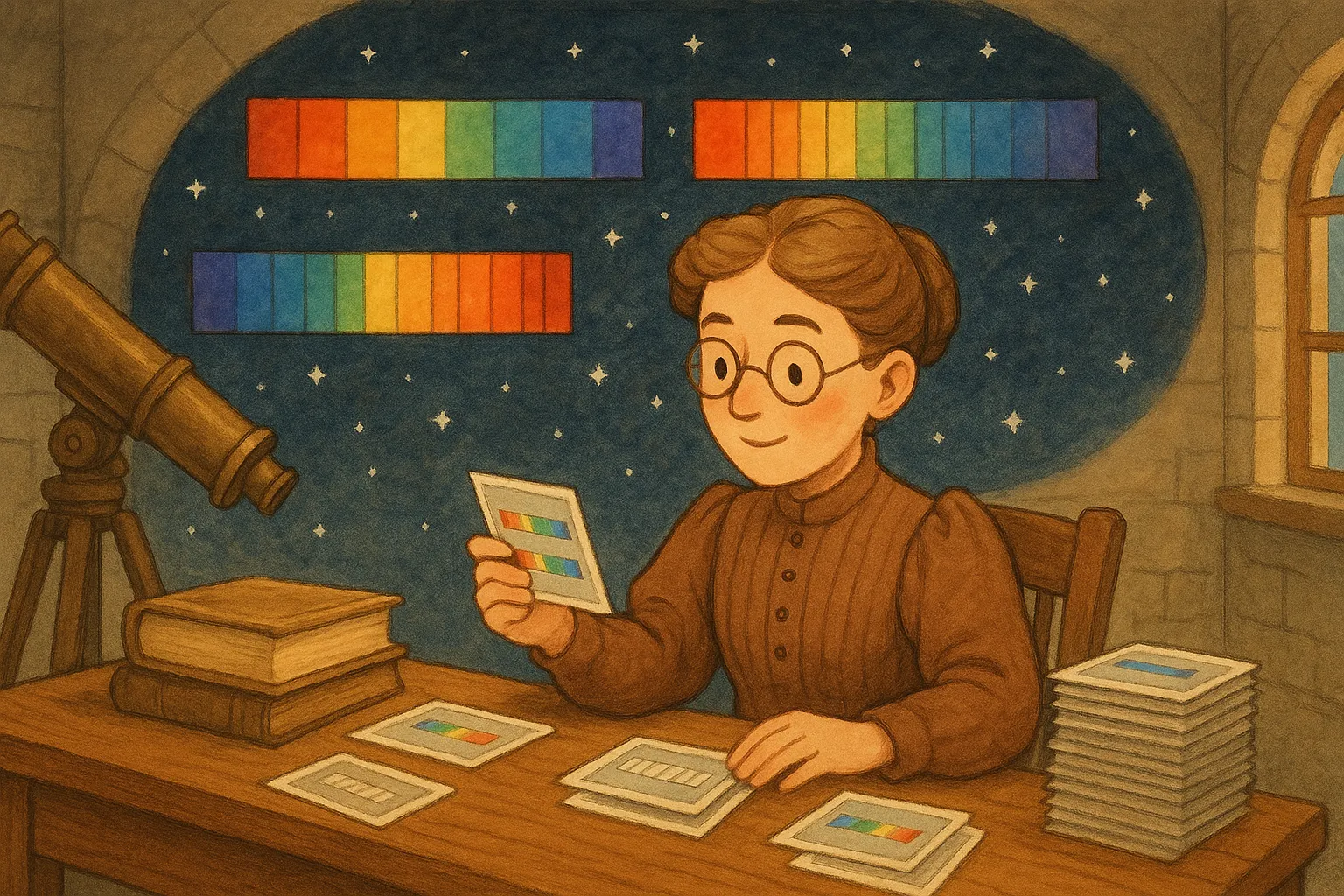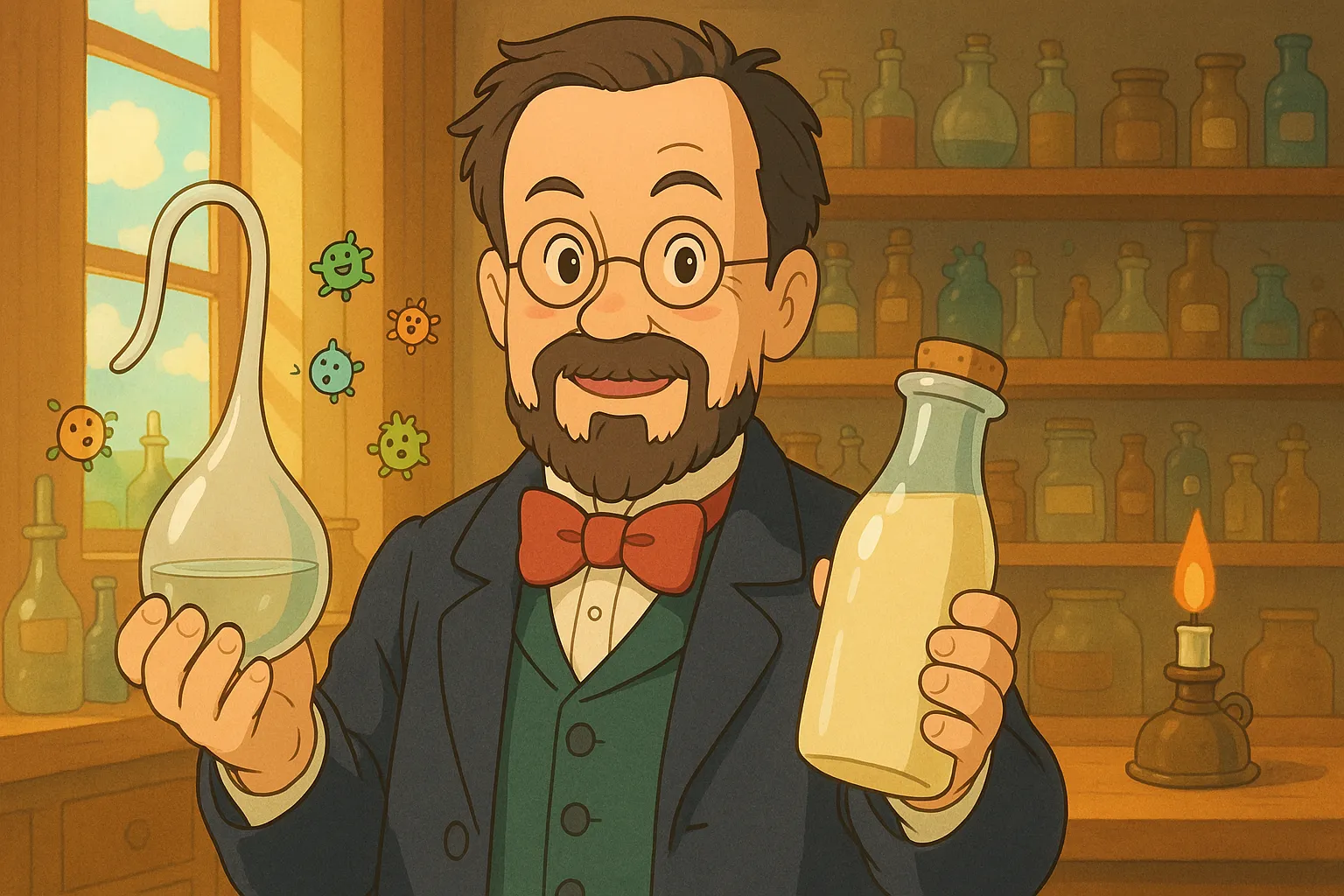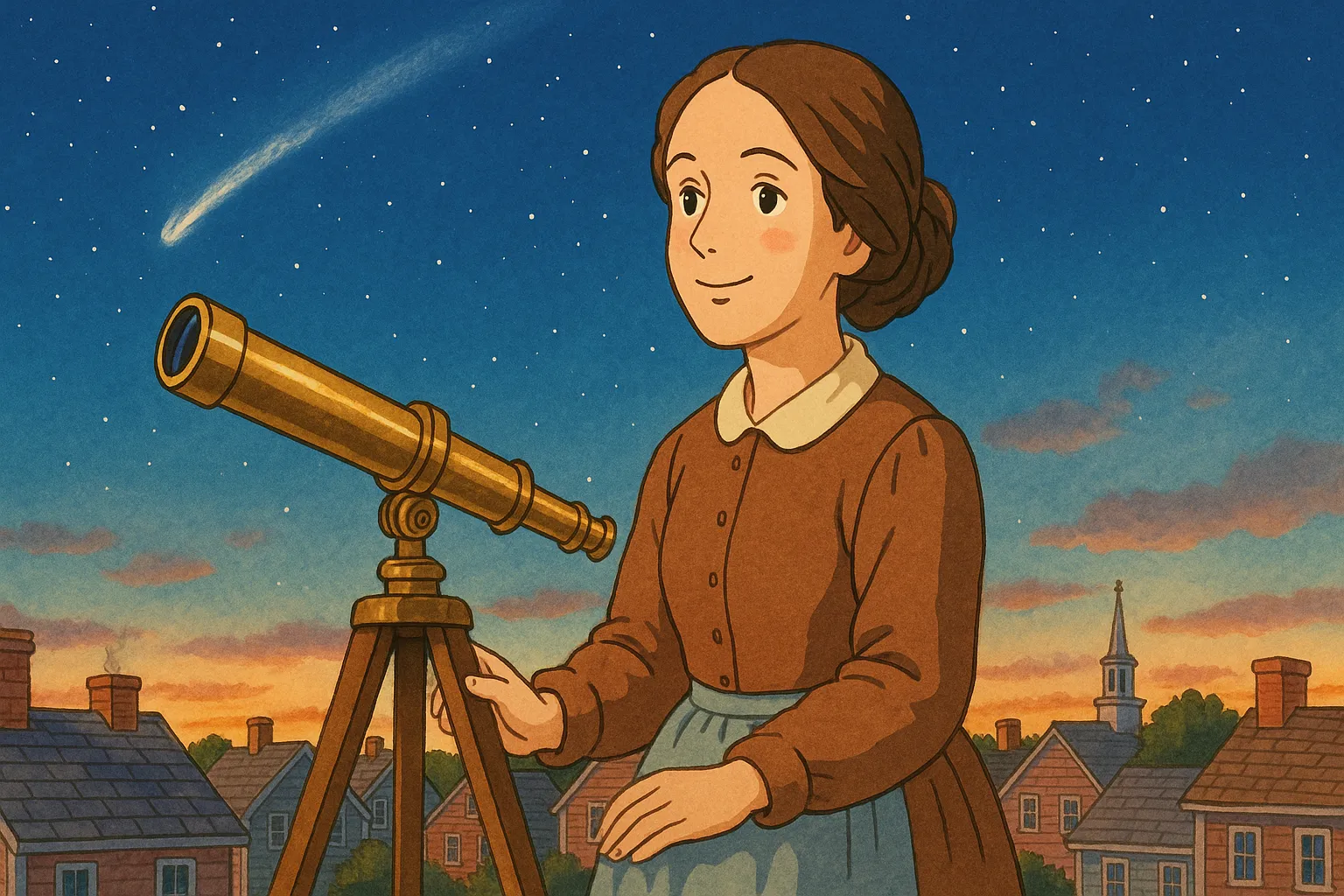
Frequently Asked Questions
Where can I see Mary Anning's fossils?
Many of Mary Anning's specimens are on display at the Natural History Museum in London and at the Lyme Regis Museum on the Dorset coast.
Did Mary write scientific papers?
She published very little under her own name. Scientists often described the fossils she found, so her role was sometimes not credited in formal papers.
What is the Jurassic Coast?
The Jurassic Coast is a World Heritage coastline in southern England (Dorset and East Devon) where cliffs reveal millions of years of fossils—it's where Mary hunted for fossils.
How did Mary find fossils?
She watched the cliffs, searched beaches after storms, and carefully removed rock with simple tools, then cleaned and preserved bones with patient, skilled work.
